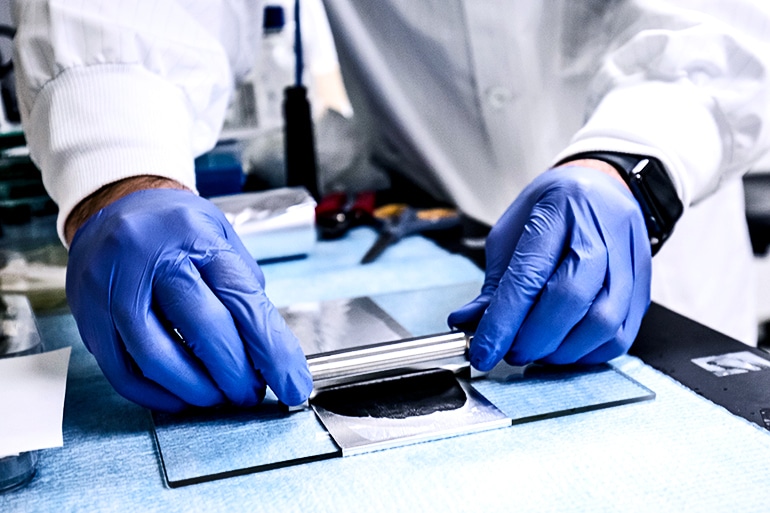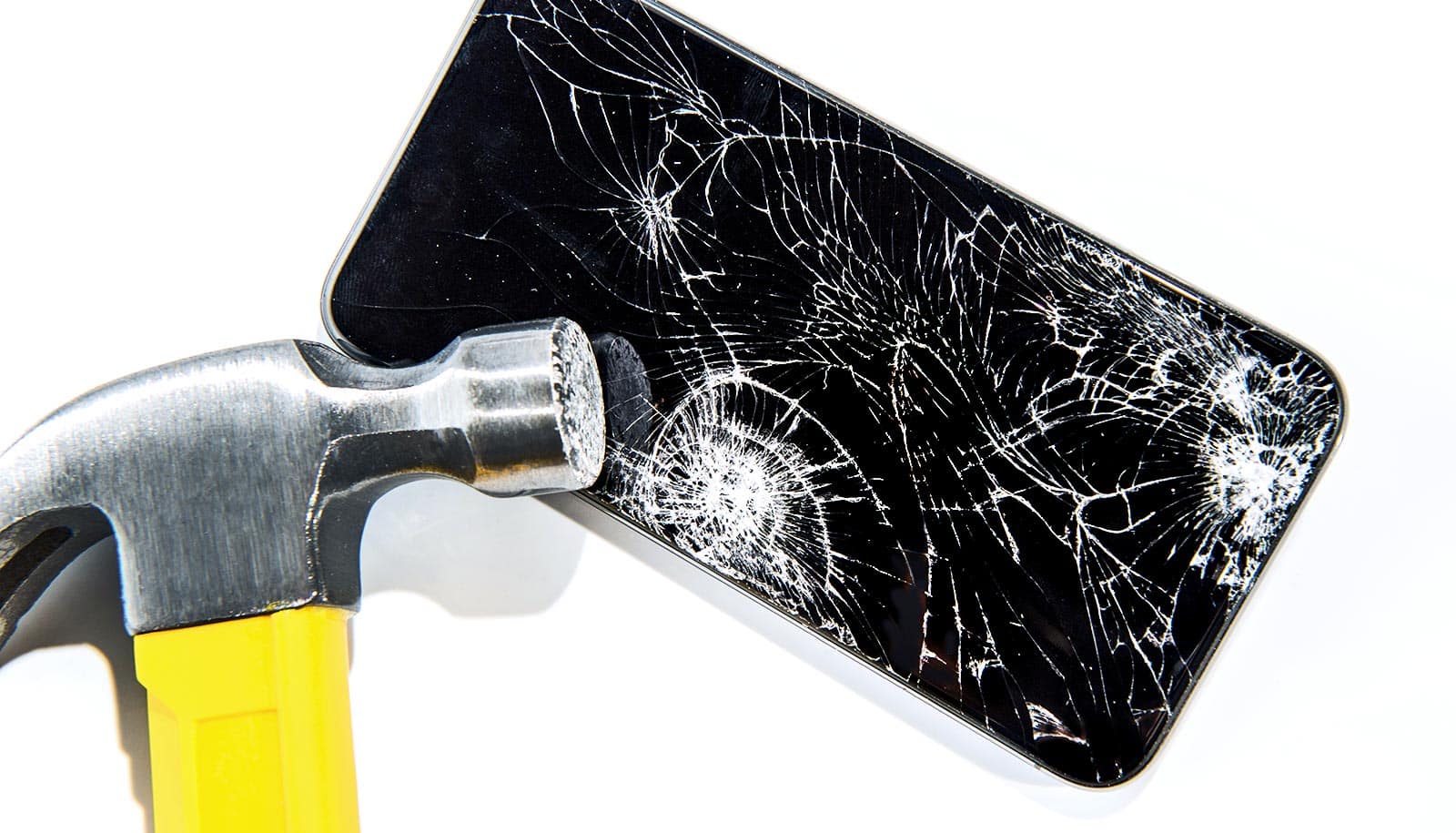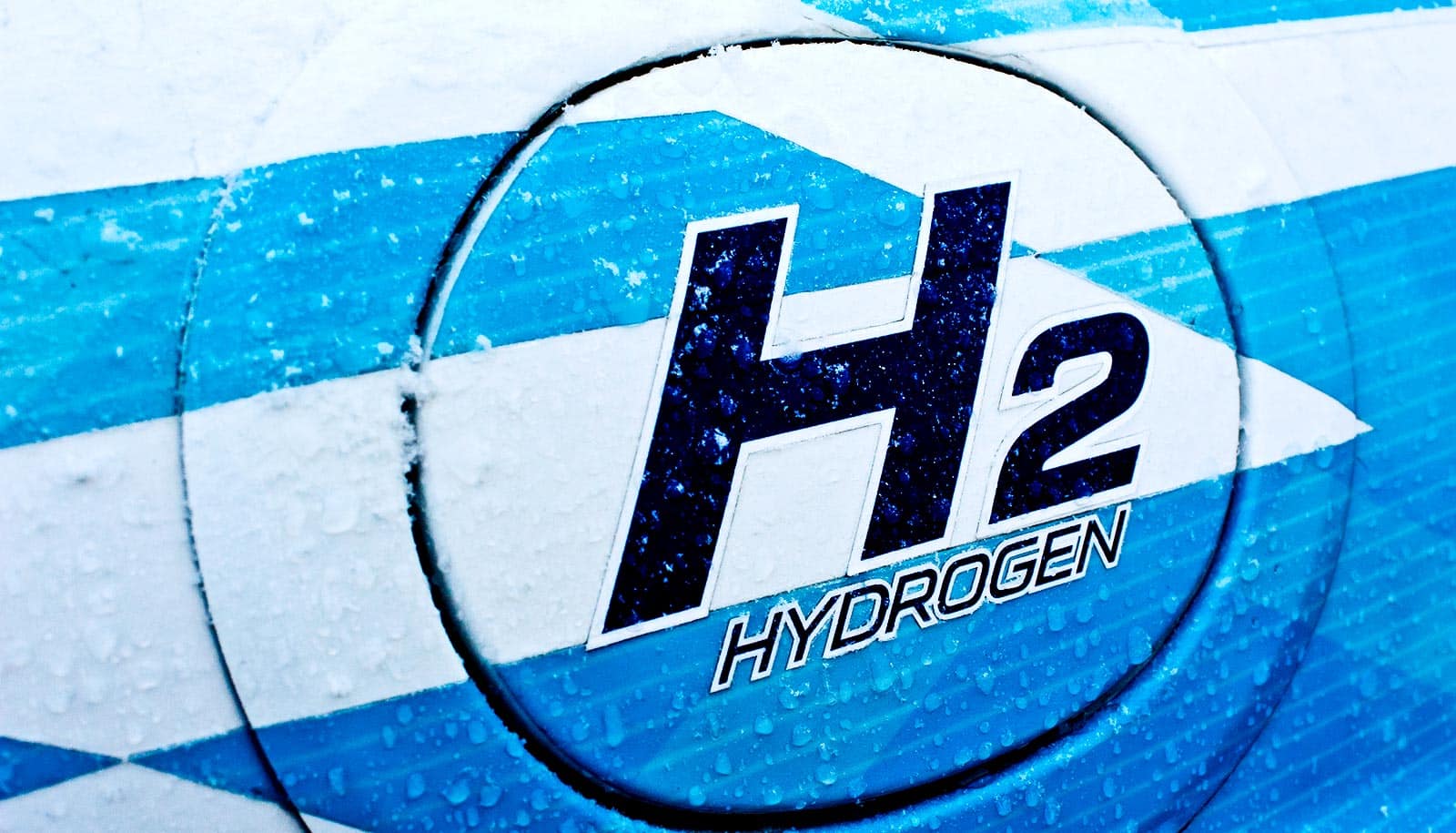A new “structural battery” prototype incorporates a cartilage-like material to make the batteries highly durable and easy to shape, researchers report.
The idea behind structural batteries is to store energy in structural components—the wing of a drone or the bumper of an electric vehicle, for example. They’ve been a long-term goal for researchers and industry because they could reduce weight and extend range. But so far, structural batteries have been heavy, short-lived, or unsafe.
In a study in ACS Nano, the researchers describe how they made a damage-resistant rechargeable zinc battery with a cartilage-like solid electrolyte.
They showed that the batteries can replace the top casings of several commercial drones. The prototype cells can run for more than 100 cycles at 90 percent capacity, and withstand hard impacts and even stabbing without losing voltage or starting a fire.

“A battery that is also a structural component has to be light, strong, safe, and have high capacity. Unfortunately, these requirements are often mutually exclusive,” says research leader Nicholas Kotov, a professor of engineering, materials science and engineering, and macromolecular science and engineering at the University of Michigan.
Stronger stuff
To sidestep these trade-offs, the researchers used zinc—a legitimate structural material—and branched nanofibers that resemble the collagen fibers of cartilage.
“Nature does not have zinc batteries, but it had to solve a similar problem,” Kotov says. “Cartilage turned out to be a perfect prototype for an ion-transporting material in batteries. It has amazing mechanics, and it serves us for a very long time compared to how thin it is. The same qualities are needed from solid electrolytes separating cathodes and anodes in batteries.”
In our bodies, cartilage combines mechanical strength and durability with the ability to let water, nutrients, and other materials move through it. These qualities are nearly identical to those of a good solid electrolyte, which has to resist damage from dendrites while also letting ions flow from one electrode to the other.
In the batteries, aramid nanofibers—the stuff in bulletproof vests—stand in for collagen.
Dendrites are tendrils of metal that pierce the separator between the electrodes and create a fast lane for electrons, shorting the circuit and potentially causing a fire. Researchers previously overlooked zinc for rechargeable batteries because it tends to short out after just a few charge/discharge cycles.
Not only can the membranes ferry zinc ions between the electrodes, they can also stop zinc’s piercing dendrites. Like cartilage, the membranes are composed of ultra-strong nanofibers interwoven with a softer ion-friendly material.
In the batteries, aramid nanofibers—the stuff in bulletproof vests—stand in for collagen, with polyethylene oxide (a chain-like, carbon-based molecule) and a zinc salt replacing soft components of cartilage.
Safety first
To make working cells, the team paired the zinc electrodes with manganese oxide—the combination found in standard alkaline batteries. But in the rechargeable batteries, the cartilage-like membrane replaces the standard separator and alkaline electrolyte. As secondary batteries on drones, the zinc cells can extend the flight time by 5 to 25 percent—depending on the battery size, mass of the drone, and flight conditions.
Safety is critical to structural batteries, so the team deliberately damaged their cells by stabbing them with a knife. In spite of multiple “wounds,” the battery continued to discharge close to its design voltage. This is possible because there is no liquid to leak out.
For now, the zinc batteries are best as secondary power sources because they can’t charge and discharge as quickly as their lithium ion brethren. But Kotov’s team intends to explore whether there is a better partner electrode that could improve the speed and longevity of zinc rechargeable batteries.
The Air Force Office of Scientific Research and National Science Foundation funded the research.
Source: University of Michigan



